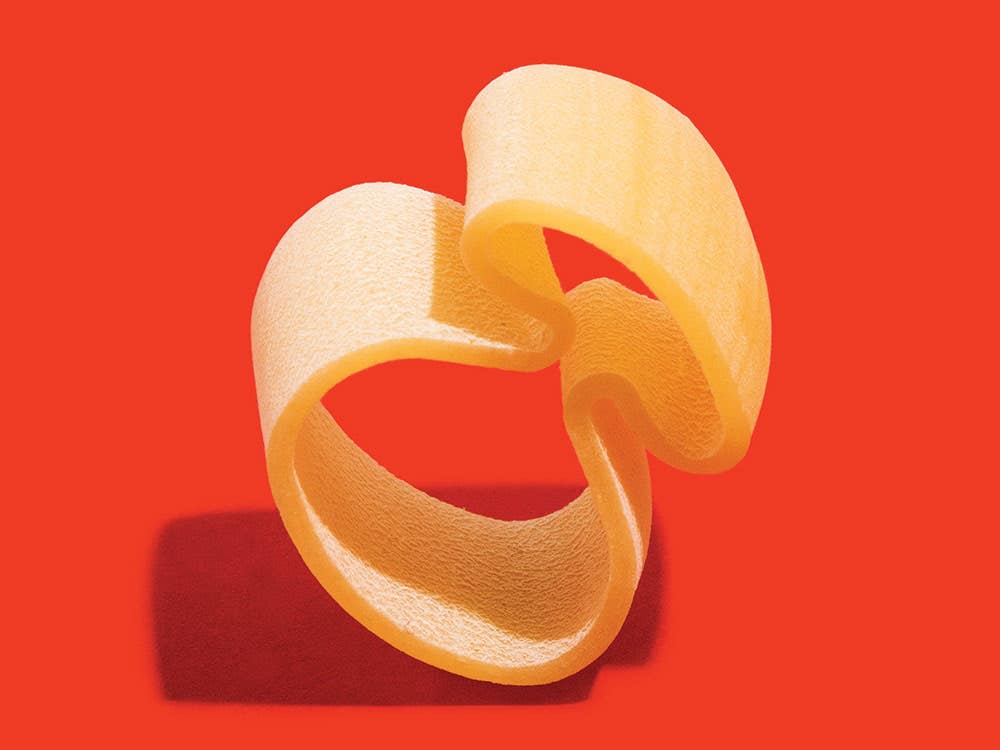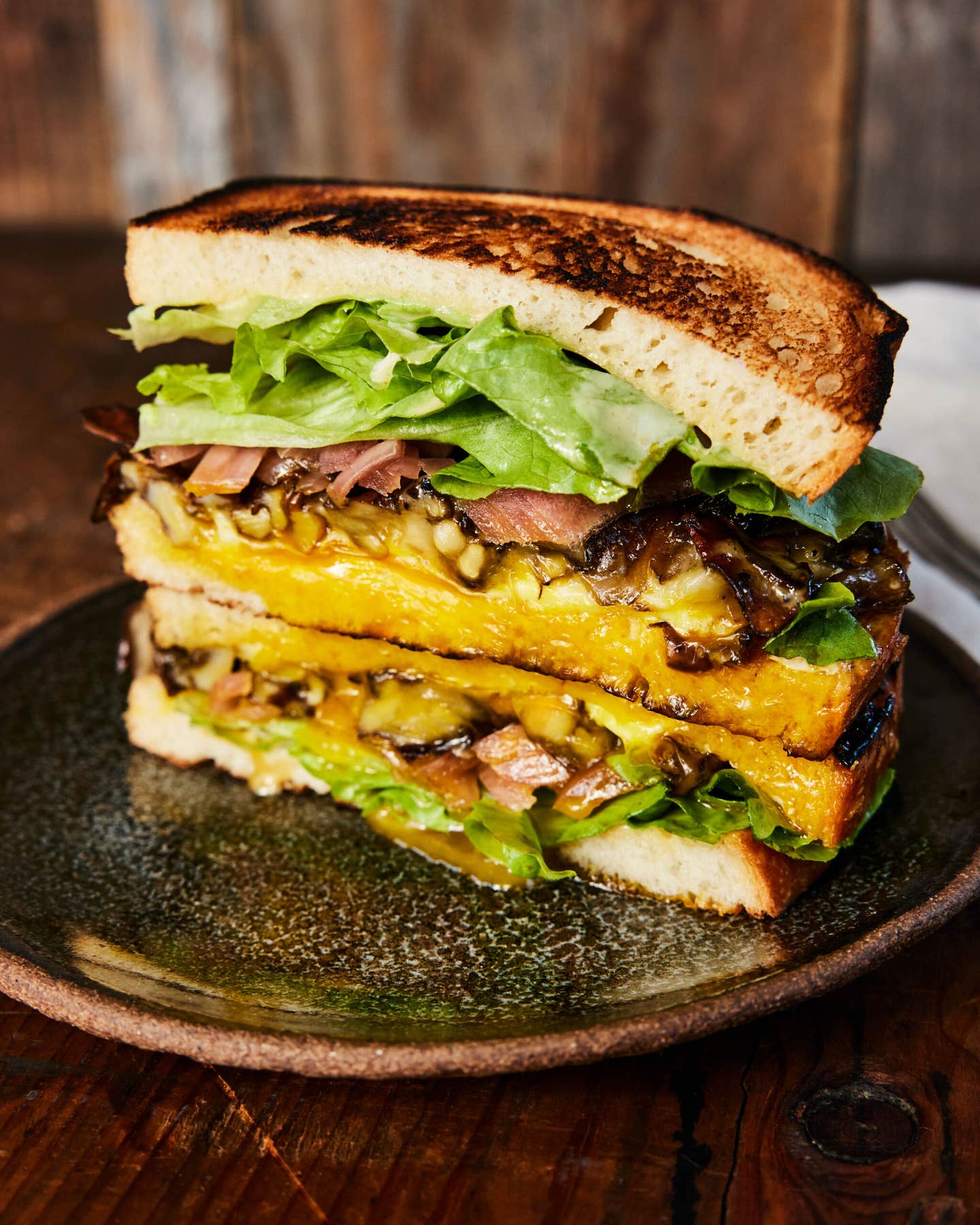
How a New Pasta Shape Gets Invented
Fourth-generation pasta maker Giuseppe Di Martino on what goes into developing a brand-new type of pasta
There are more than 300 documented varieties of curved, ridged, and twisted pastas, but that doesn't mean there isn't room for innovation. Giuseppe Di Martino, fourth-generation pasta-factory proprietor, explains how a brand-new pasta took shape for his Gragnano-based Pastificio dei Campi line.
“I was out to dinner with a friend and suggested she order the paccheri, a pasta shaped like a large tube. ‘I don’t eat paccheri in public,’ she said. I asked ‘Why? You love paccheri!’ She told me ‘You need to open your mouth too big with that shape. It’s not nice for a lady!’ Afterward I couldn’t get her dilemma out of my head.”
“I told my friend Mauro Olivieri about her problem. He’s a food designer who trained as an architect. He designed a shape with the same surface area, the same intensity and power of paccheri, but condensed into the shape of a figure eight. We called it Campotti. The name is a play on Campi, the fields that give the company its name, and otto, the word for eight.”
“Just because you have a design, it doesn’t mean it can be made. Dried pasta is extruded, forced through a bronze die at high pressure. Complicated fluid dynamics determine the shape, and the pasta also has to keep its texture and taste good once it’s cooked, so a lot can go wrong. We worked micron by micron and settled on the ninth die. It took us six months.”
“We entered the pasta into the Compasso d’Oro—the Golden Compass—a design award given in Milan every three years. It’s usually given to a chair, or a dress, or an airplane. Never to pasta. And you have the most important and best designers in the world, like Santiago Calatrava and Philippe Starck. In 2014, we were one of the runners-up—the first time ever for a pasta!”
Keep Reading
Continue to Next Story










